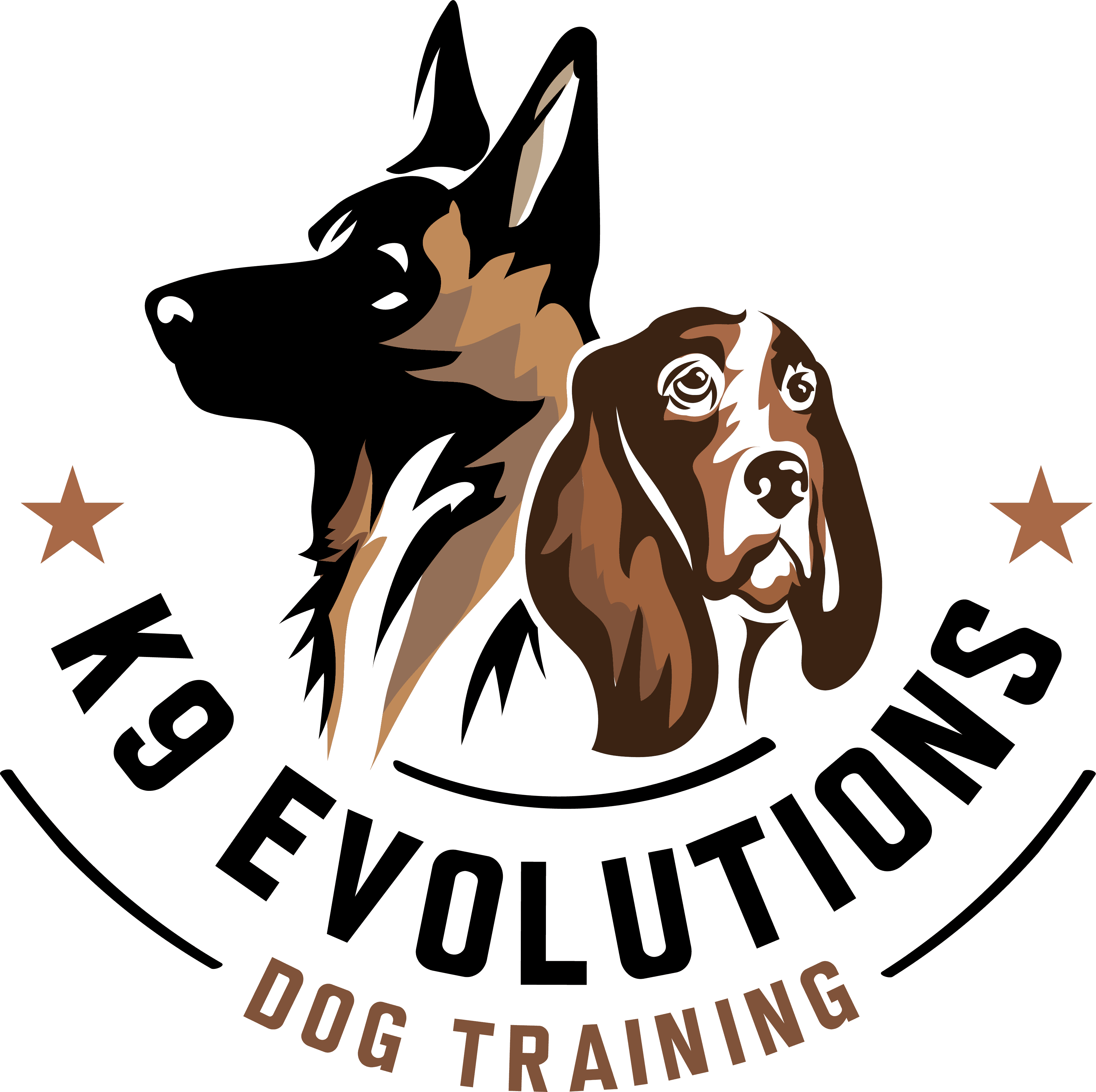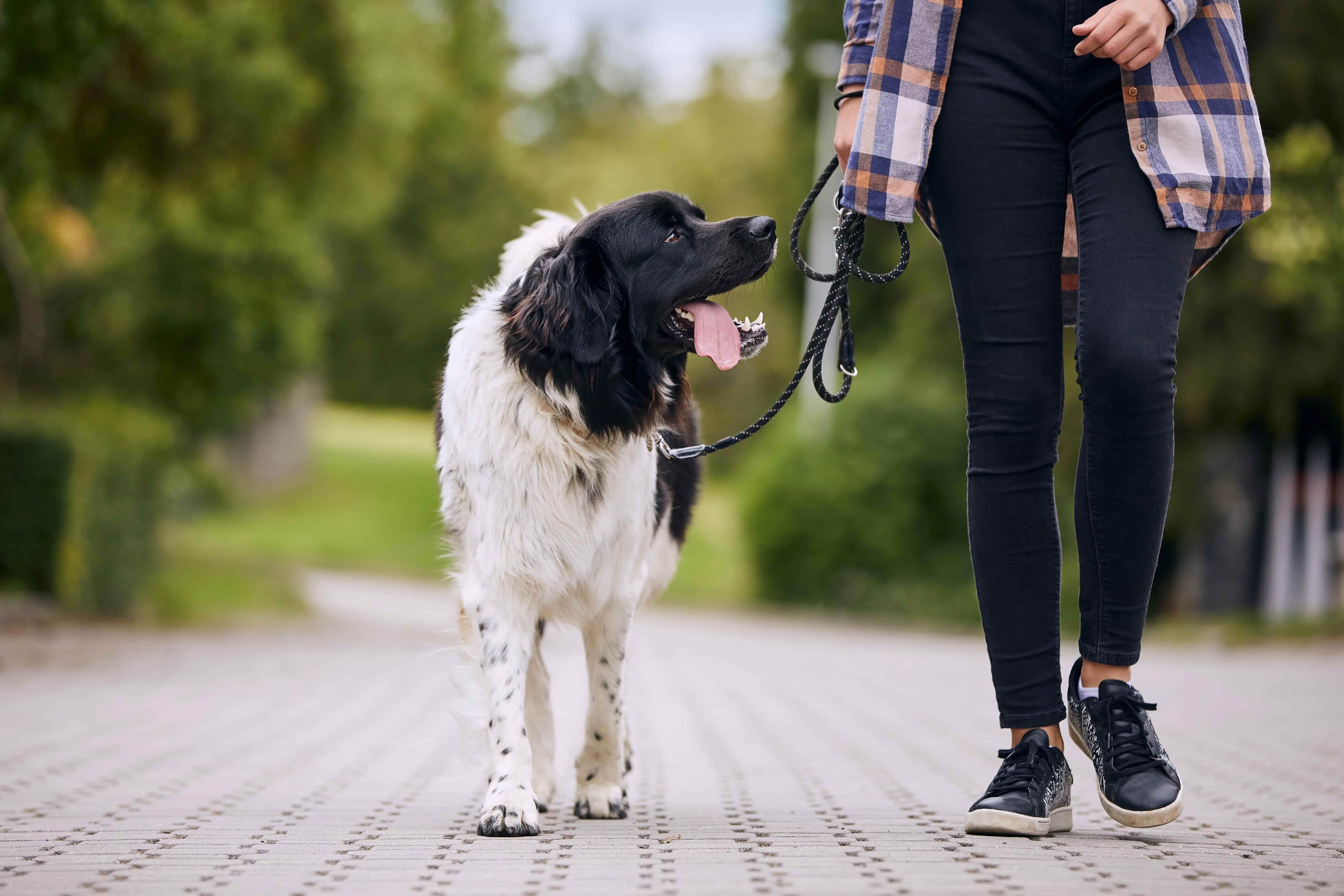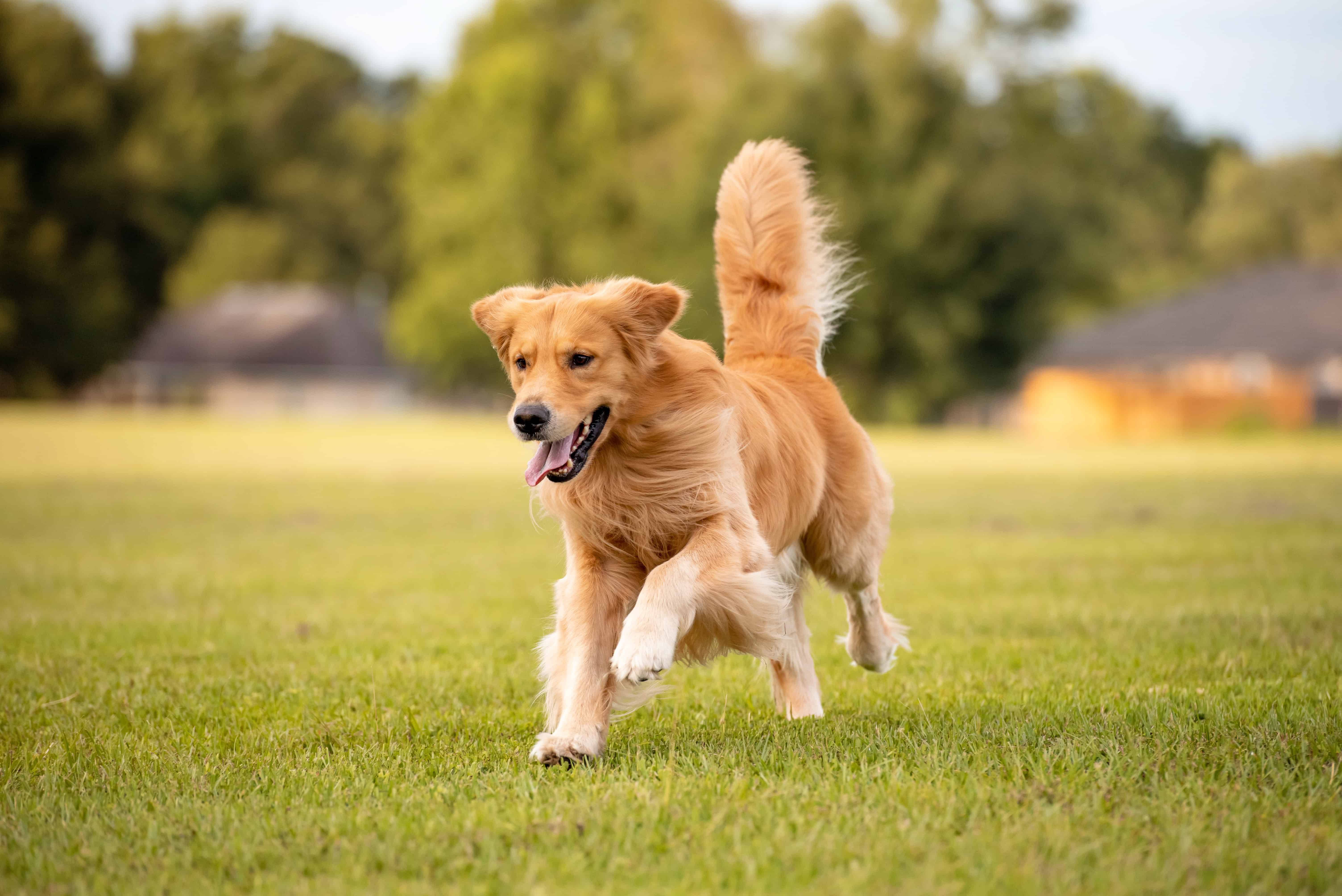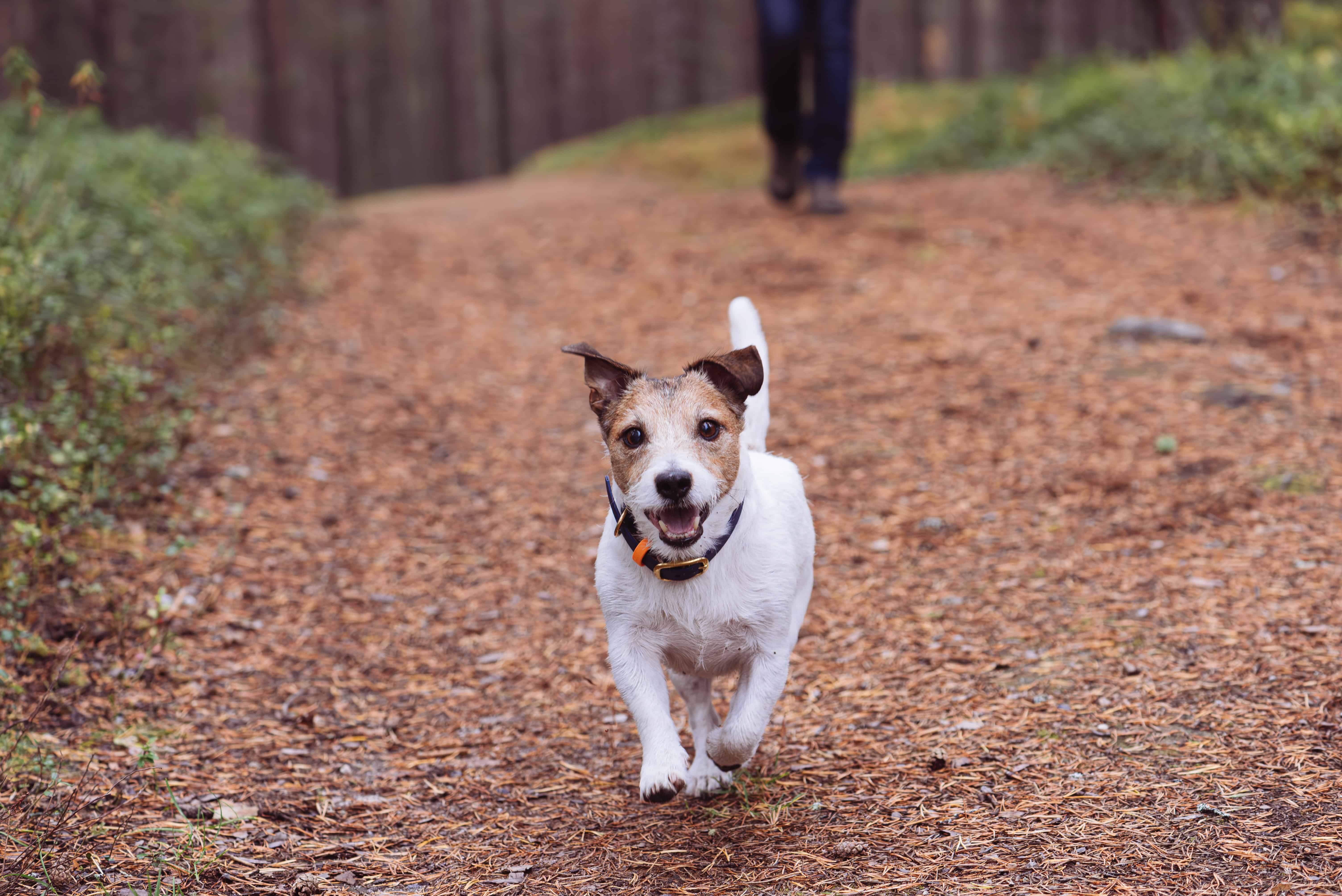A dog training program can be a lifeline for your dog – and for you as an owner. Whether you’re enrolling your dog in a Board and Train program to build their fundamental obedience behaviors, working one-on-one with a trainer in Private Lessons to resolve a serious behavioral issue, or focusing on specialized dog sport training, professional dog training is a great investment towards your dog’s quality of life.
One thing to note, however, is that a dog training program is not a magic wand that automatically results in your dog behaving perfectly forever (despite how awesome that would be). Our dogs aren’t robots. If we don’t continue to work on their training after a program is finished, they will slowly slip into bad habits and get badly out of tune with the training that they actually learned.
In this article, we’re going to take a look at how you can maintain your dog’s behavior after their training program has finished.
How the learning process works
There are four key stages in a dog’s learning process:
- The Acquisition Stage
- The Fluency Stage
- The Generalization Stage
- The Maintenance Stage
Your dog trainer will be getting your dog through the first three stages, as these are the most difficult. The final stage is the maintenance stage; this is where you take the baton and practice all the things your dog has learned. In the process, you’ll be practicing and making yourself a better dog handler with consistency, leash handling and timing of rewards, and appropriate corrections.
It is important to keep working your dog on a consistent routine after training to solidify those neural pathways, and just as importantly, you need to practice your dog handler skills. Don’t let time get away from you with regular training sessions.
An analogy I like to use (because I’m a musician) is that if I leave my musical instrument in the closet without practicing for several weeks, I can’t expect the instrument to be in tune when I get it out of the closet (that’s the dog). Secondly, it may take me several hours or an entire day to get back into a flow state to start playing well back to where I was (that’s handler skills).
Dog training is something that should be a lifelong endeavor for your pup. This ensures that the behaviors they learned during their program are maintained, reducing your stress and ensuring you have control of your dog. Another way to think about it is that you are simply maintaining the investment you made in their training by keeping up that good work!
Understand what your dog learned during their program
Perhaps the most important part to maintaining your dog’s behavior is to understand what, how and why they learned in the first place.
You likely enrolled your dog in the training program for a specific reason – perhaps you were looking for greater control of your dog in public, or maybe you were looking to resolve a particular behavior. When the program is complete, it is vital to understand how your dog trainer was able to accomplish your training goals.
At the conclusion of your program, make sure your trainer clearly explains the step-by-step approach that enabled them to train your dog successfully and ask questions! With this information, you can gain a deeper understanding of the training process, which can make troubleshooting easier in the long run.
Make a plan
As with any endeavor – especially one that requires significant effort – having the right plan in place can make a world of difference.
Before your training program is complete, speak with your dog trainer to understand how frequently you should be working with your dog, and what those sessions should entail. This will vary from dog to dog. For example, loose-leash walking is something that could be practiced on every walk, whereas other behaviors may necessitate setting up specific scenarios (such as corrections for counter surfing).
Ensure you write out your plan – and keep it visible. Writing has been shown to be a great way to retain information. Consider writing the plan out on a piece of paper and sticking to the refrigerator to ensure it is always top of your mind.
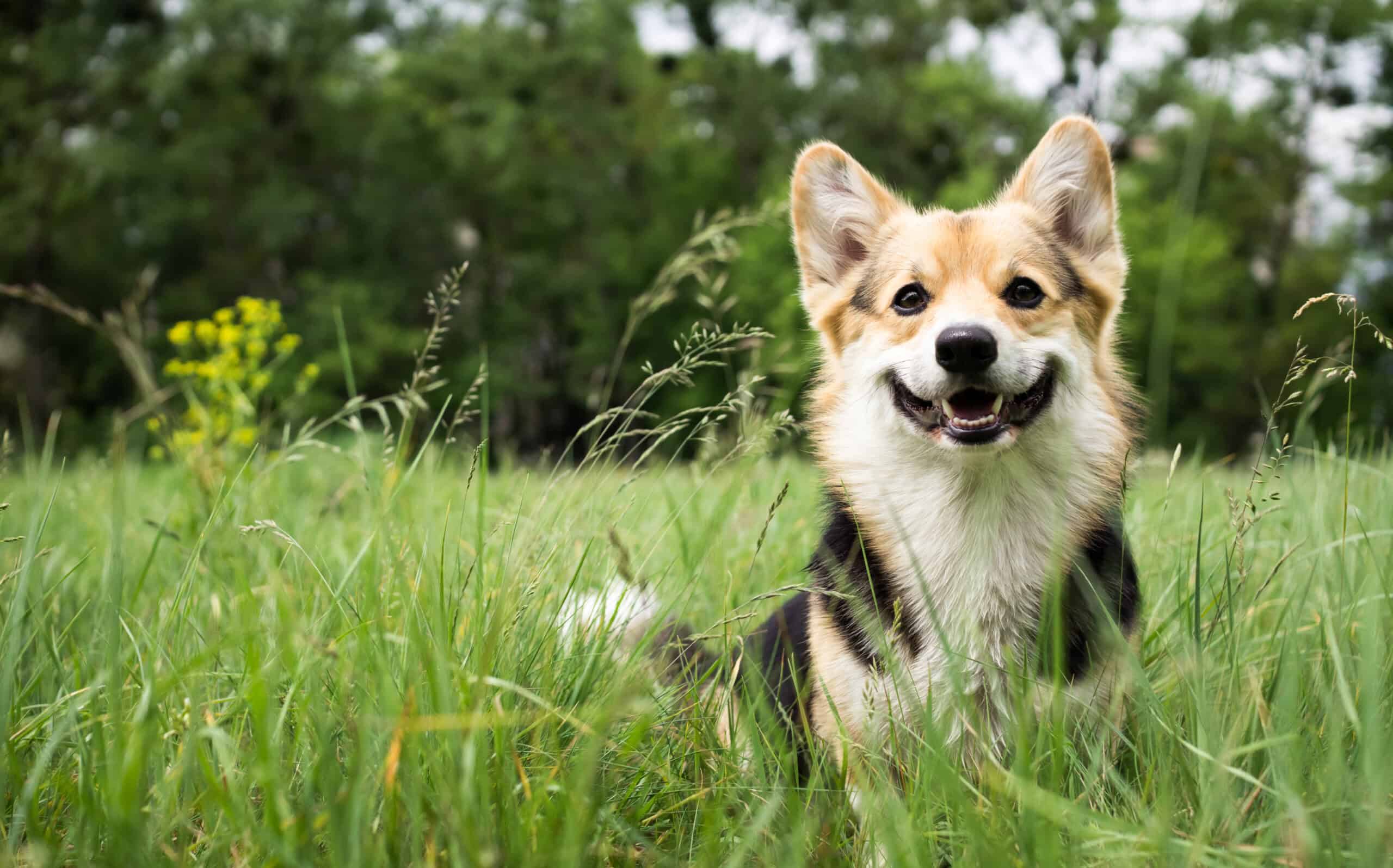
Structure is vital
The best chance you have of building a training regimen is creating a structure that works for you and your dog. This ensures that your dog’s behavior will remain consistent and repeatable, time after time.
You want to optimize the structure as much as possible around your own lifestyle and habits. Remember, we’re all wired differently! As an example, if you’re usually tired and unenthused after a long day at work, avoid building a schedule that involves training your dog when you arrive home in the evening. By the time you’ve made dinner and done all the other household chores, training your dog could easily fall off the priority list. In this situation, building in time prior to your work day could help to ensure you are motivated – which will translate into positive outcomes when working with your dog.
Keep your dog physically and mentally stimulated
Even with your training plan in place, there are also general principles you should apply in your dog’s everyday life. One of those is to keep them physically and mentally stimulated.
The problems of an under-exercised dog are likely obvious. Every dog should take part in at least some physical activity to maintain the health of their muscles, bones and organs – and breeds with a history of activity (such as breeds used for working purposes, or farm dogs) need even more to feel fulfilled. However, mental stimulation is just as important. If a dog doesn’t have to think, they can become bored. If they become bored, they’ll find ways to occupy themselves – and this can often take the form of destructive or unwanted behaviors.
There are several ways to keep your dog mentally active. Consider using puzzle games, playing ‘hide the treat’, or using a snufflemat to encourage them to use their brains. Your trainer may have some great ideas for your particular dog’s circumstances.
Consider building on their existing training
It’s often said that learning is a lifelong activity, and the same rings true in dog training. Of course, you want to make sure that your dog’s behavior doesn’t slip – and one way to do that is to take part in new activities that will push them onto bigger and better things.
To build on our previous point, the great news about many of these activities is that additional training usually includes physical and mental stimulation. Take a dog sport like K9 scent work, which involves dogs searching for essential oils using their highly-refined olfactory systems. Asking your dog to solve problems using their nose is the best way to provide mental enrichment. Activities like search and rescue or agility provide an added physical test, building strength and stamina.
Additional training doesn’t even need to encompass a dog sport. You could build on your dog’s existing knowledge with advanced obedience training, or through teaching them to perform new tricks.
Contact your trainer with any problems
Even despite your best efforts, there may be times when you run into problems with maintaining your dog’s behavior after the training program is completed. If this happens, don’t panic! If your dog trainer is a true partner to you and your dog, they’ll be happy to be contacted to help guide you through how to troubleshoot your frustrations. At K9 Evolutions Dog Training, we will always be in your corner to support you and help achieve the best results for your dog – even after our program has concluded. If a new behavior crops up, you feel unsure of how to do something or feel stuck because your dog doesn’t understand; you can call or text me and we’ll get it worked out!
As a dog owner, recognizing the need for maintenance training is the first part of the battle when it comes to consistent canine behavior. By following the guidelines in this article, you can ensure that your dog’s behavior doesn’t just last for the first few weeks after their training program – instead, it will last a lifetime.
